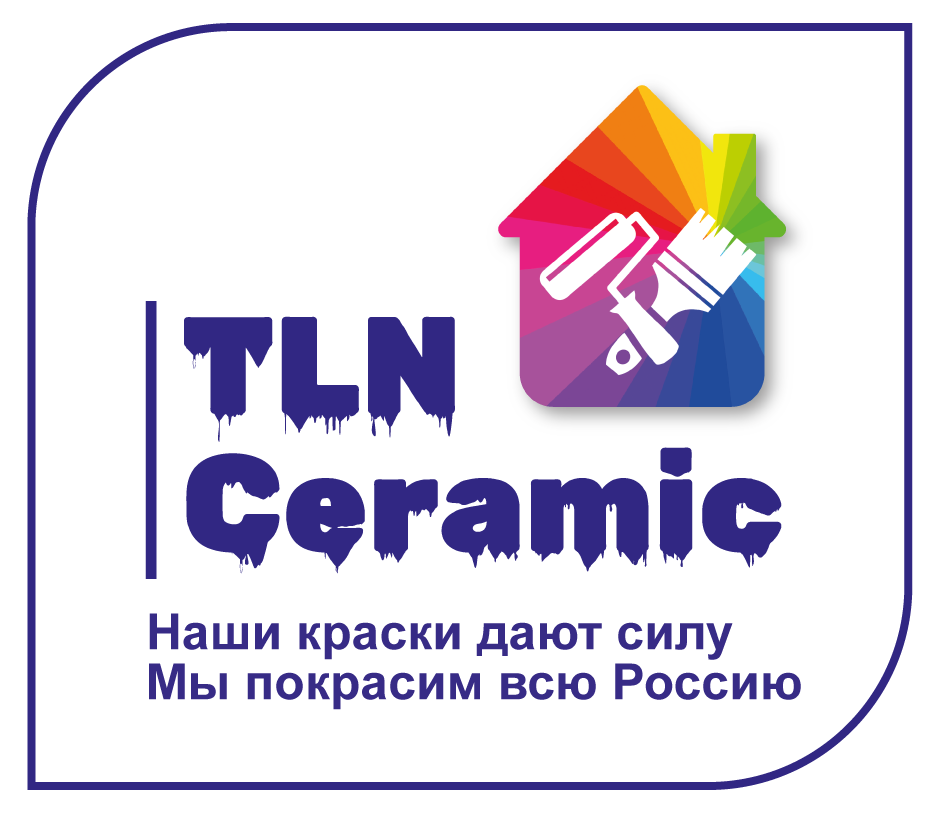АНАЛОГ НА ИМПОРТНЫЕ ТОВАРЫ
ТЕПЛОИЗОЛЯЦИЯ TLN Ceramic
It's totally free
Liquid thermal insulation

The latest high-tech TLN Ceramic material has unique thermal insulation properties, great economic efficiency and a wide range of uses.
TLN Ceramic are microscopic, hollow balls that are
suspended in a liquid composition consisting of synthetic rubber, acrylic polymers and inorganic pigments. This composition makes the material light, flexible and stretchable. The material has good adhesion to the surfaces to be coated.
TLN Ceramic are microscopic, hollow balls that are
suspended in a liquid composition consisting of synthetic rubber, acrylic polymers and inorganic pigments. This composition makes the material light, flexible and stretchable. The material has good adhesion to the surfaces to be coated.
The material is operated at temperatures from -60 to +260 ° C.
TLN Ceramic is a thermal insulation material. The key to TLN Ceramic's unique thermal insulation ability is in hollow, microscopic (0.03-0.08 mm) vacuum ceramic spheres, which have exceptional properties both when heated and when cooled.
TLN Ceramic is a white suspension that, after drying, forms an elastic coating designed for thermal insulation of surfaces requiring thermal protection: enclosing structures of residential, public, industrial buildings and structures made of metal, concrete, reinforced concrete, brick, pipeline surfaces, air ducts, and so on.
The coating is applied to surfaces of any shape for cleaning after drying of a durable hard coating of objects during their operation in the temperature range from minus 60 ° C to 750 ° C.
TLN Ceramic liquid ceramic thermal insulation coating is produced in the following versions:
1. TLN Ceramic (S) is designed for industrial and domestic use as thermal insulation of metal, plastic, concrete surfaces, and operating temperatures from -600C to +2000C (short-term +2600C).
2. TLN Ceramic (F) is intended for industrial, construction and domestic use as thermal insulation of external and internal surfaces of buildings and structures with operating temperatures from -600C to +1500C.
3. TLN Ceramic (H) is designed for industrial applications as thermal insulation of surfaces
with operating temperature from -300C to +7500C.
4. TLN Ceramic (S NC) is designed for industrial and domestic use as thermal insulation of metal, plastic, concrete surfaces, and operating temperatures from -600C to +2000C (short-term +2600C). It includes antiperene additives that give the coating nonflammable properties.
5. TLN Ceramic (F NC) is designed for industrial, construction and household applications.
TLN Ceramic is a thermal insulation material. The key to TLN Ceramic's unique thermal insulation ability is in hollow, microscopic (0.03-0.08 mm) vacuum ceramic spheres, which have exceptional properties both when heated and when cooled.
TLN Ceramic is a white suspension that, after drying, forms an elastic coating designed for thermal insulation of surfaces requiring thermal protection: enclosing structures of residential, public, industrial buildings and structures made of metal, concrete, reinforced concrete, brick, pipeline surfaces, air ducts, and so on.
The coating is applied to surfaces of any shape for cleaning after drying of a durable hard coating of objects during their operation in the temperature range from minus 60 ° C to 750 ° C.
TLN Ceramic liquid ceramic thermal insulation coating is produced in the following versions:
1. TLN Ceramic (S) is designed for industrial and domestic use as thermal insulation of metal, plastic, concrete surfaces, and operating temperatures from -600C to +2000C (short-term +2600C).
2. TLN Ceramic (F) is intended for industrial, construction and domestic use as thermal insulation of external and internal surfaces of buildings and structures with operating temperatures from -600C to +1500C.
3. TLN Ceramic (H) is designed for industrial applications as thermal insulation of surfaces
with operating temperature from -300C to +7500C.
4. TLN Ceramic (S NC) is designed for industrial and domestic use as thermal insulation of metal, plastic, concrete surfaces, and operating temperatures from -600C to +2000C (short-term +2600C). It includes antiperene additives that give the coating nonflammable properties.
5. TLN Ceramic (F NC) is designed for industrial, construction and household applications.
TLN Ceramic is designed to be coated on surfaces of any shape and in the most inaccessible places. It can be used to cover walls, ceilings and roofs of buildings, eliminate cold bridges, insulate and seal pipelines, steam boilers, interior walls of vehicles, refrigerators, freezers and in other areas.
TLN Ceramic can be applied to metal, concrete, brick, wood, plastic, rubber, cardboard and some other surfaces. The surface temperature on which the material is applied should be between +1 °C and +150 °C. The optimal technological temperature on the surface of the object is from +10 °C to +65 °C. The surface on which the compound is applied must be clean, free of grease, dirt and rust.
TLN Ceramic can be applied to metal, concrete, brick, wood, plastic, rubber, cardboard and some other surfaces. The surface temperature on which the material is applied should be between +1 °C and +150 °C. The optimal technological temperature on the surface of the object is from +10 °C to +65 °C. The surface on which the compound is applied must be clean, free of grease, dirt and rust.
Product Advantages
5
4
3
2
1
Using an airless spray gun or brush.
The manufacturer's warranty is 10 years, and the estimated service life is more than 20 years.
The curing time of the 0.6 mm layer is 12-24 hours, during which time vulcanization takes place in 0.5 mm – 12 hours.
EASY TO APPLY
IT LASTS A LONG TIME
DRIES QUICKLY
Retains thermal insulation properties at temperatures from -60 to +260 °C.
Using an airless spray gun or brush.
FORMS A RELIABLE COATING
ADHERES FIRMLY TO THE SURFACE
Теплоизоляционное покрытие TLN Ceramic
Completed objects
















ООО "Новые Технологии"
SITE MAP
SERVICES

© 2021
ООО «Новые технологии»
ООО «Новые технологии»
CONTACTS
Trading House: ООО "Углеводород Торг"



